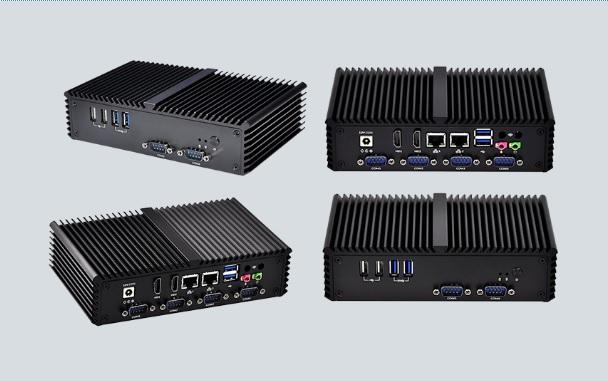Stay Powered On-the-Go: The Rise of Mobile Charging Kiosks
In today’s hyper-connected world, staying charged is more important than ever. Whether you're traveling, shopping, attending an event, or just out for the day, a low battery can be a frustrating problem. This is where Mobile Charging Kiosks come in, providing a convenient solution for powering up devices when you're away from a plug. Let’s explore how mobile charging kiosks are changing the way we stay connected and enhancing customer experiences in various industries.
What is a Mobile Charging Kiosk?
A Mobile Charging Kiosk is a self-service station equipped with multiple charging ports or lockers where users can safely charge their devices, such as smartphones, tablets, and laptops. These kiosks are strategically placed in high-traffic areas like shopping malls, airports, hospitals, event venues, and public transportation hubs, offering an easy way to charge devices on the go.
Why Mobile Charging Kiosks Matter
1. Increased Device Dependency: In a world where smartphones are essential for everything from navigation to communication, running out of battery can feel like losing touch with the world. Mobile charging kiosks solve this problem by providing users with a safe and convenient place to recharge.
2. Enhanced Customer Experience: Businesses and venues that offer mobile charging kiosks stand out by catering to the needs of their customers. Providing this convenience shows that you value your customers' experience, making them more likely to stay longer, return, or recommend your venue.
3. Boost in Dwell Time: For businesses, mobile charging kiosks can increase the amount of time customers spend on-site. While their devices charge, customers are more likely to browse, shop, or make use of other services, leading to higher sales or engagement.
4. Attracting Foot Traffic: The presence of a mobile charging kiosk can serve as a magnet for foot traffic, particularly in busy public spaces. Once customers locate a charging station, they may linger, explore the environment, and interact with nearby businesses or services.
How Mobile Charging Kiosks Work
Mobile charging kiosks are designed for ease of use. Here’s how they typically work:
• Step 1: Select a Locker or Port – Users approach the kiosk and select an available charging locker or open charging port.
• Step 2: Secure Charging – Many kiosks are equipped with lockable charging lockers, allowing users to store their devices securely while they charge. This means users can walk away and return later to a fully charged phone without having to worry about theft.
• Step 3: Universal Compatibility – Most kiosks come with charging cables for various device types, including iPhones, Androids, and other USB-compatible gadgets.
• Step 4: Monitor Charging – Some kiosks have digital screens showing the charging progress, while others offer mobile notifications for users who want updates on their device’s status.
Key Benefits of Mobile Charging Kiosks
1. Convenience: Mobile charging kiosks are placed in strategic, high-traffic locations where people often find themselves with low battery, such as airports, shopping centers, and event venues. This convenience is invaluable for people who rely heavily on their devices throughout the day.
2. Security: Advanced mobile charging kiosks come equipped with lockers where users can lock up their devices, keeping them safe while they go about their business. Some even offer features like fingerprint or PIN access to ensure maximum security.
3. Increased Dwell Time and Revenue: When customers find a charging kiosk, they often spend extra time shopping or exploring the surroundings, which translates to increased dwell time and higher potential sales for businesses.
4. Positive Brand Image: Offering charging stations helps enhance the perception of a business or venue as tech-friendly and customer-focused. In today’s digital age, this is a huge benefit, especially for businesses looking to differentiate themselves from competitors.
Industries Benefiting from Mobile Charging Kiosks
1. Retail and Shopping Malls: Shoppers with dying batteries are more likely to leave early or avoid making impulse purchases. By offering charging kiosks, malls can ensure customers stick around longer, boosting sales opportunities.
2. Hospitality: Hotels, restaurants, and cafes that provide charging kiosks make it easier for guests to enjoy their stay or dining experience without worrying about their device battery running low.
3. Transportation Hubs: Airports, train stations, and bus terminals are ideal locations for charging kiosks, allowing travelers to charge their phones before long trips or while waiting for connections.
4. Events and Venues: Conferences, music festivals, and sports events can be draining for both attendees and their devices. Mobile charging kiosks at these events ensure that no one misses out on capturing moments, navigating the venue, or staying connected with friends.
Future Trends in Mobile Charging Kiosks
As technology continues to evolve, mobile charging kiosks are becoming smarter and more versatile. In the future, we can expect:
• Wireless Charging: Many new charging kiosks will offer wireless charging options, eliminating the need for cables.
• Digital Advertising: Some kiosks come equipped with screens that can display ads or announcements, offering businesses a way to generate additional revenue.
• Green Energy Solutions: Charging kiosks powered by solar energy or other renewable sources are gaining popularity, aligning with the growing demand for sustainable solutions.
• IoT Integration: With IoT technology, kiosks can offer features like device tracking, real-time notifications, and data analytics for businesses to monitor user engagement.



Comments